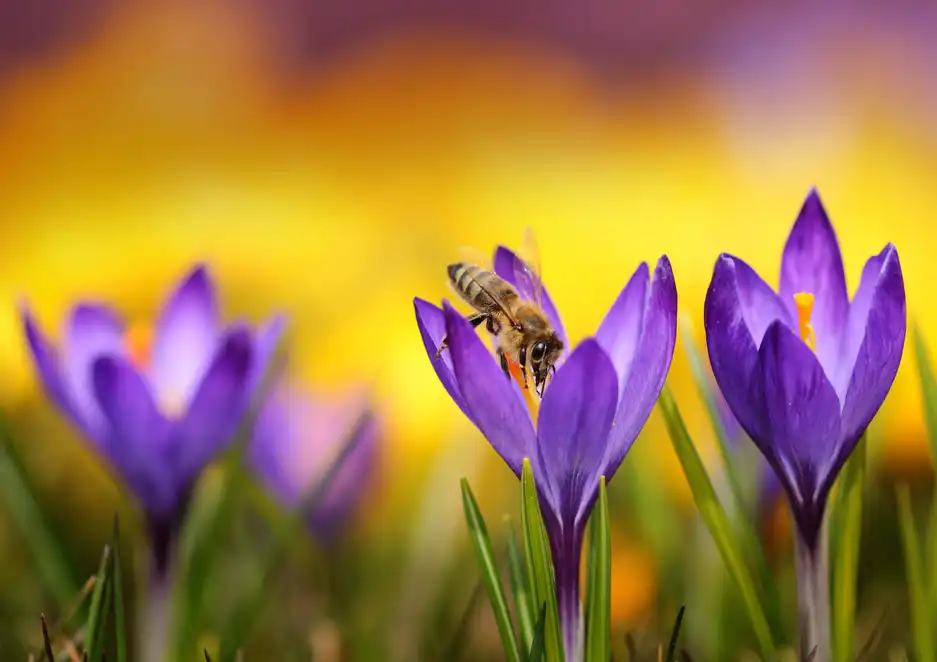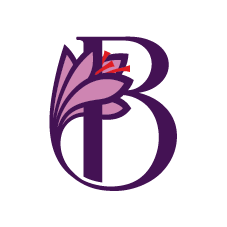saffron origin
- What is saffron?
- What flower does saffron come from?
- Where does saffron grow the best?
- Which country is the biggest producer of saffron?
- Why is saffron so expensive?
- What is saffron used for?
- What are the benefits of saffron?
Saffron, commonly known as the “red gold,” serves as an emblematic example of the intriguing convergence of historical, cultural, and culinary influences. Produced by carefully harvesting the delicate stigmas of the saffron crocus flower by hand, this highly regarded spice encapsulates a historical account that transcends time.
Its expedition was intricately intertwined with the history of ancient civilizations as it traversed extensive trade routes and engaged in cultural exchanges across continents. In our pursuit of understanding the provenance of saffron, we explore a complex fabric of human ingenuity, legend, and custom that continues to influence the contemporary culinary sphere.
What is saffron?
Saffron stands out as a cherished spice, holding both culinary and historical significance. Let’s delve into its key aspects:
Origins:
Delicate saffron Crocus flowers (Crocus sativus) are the plant’s source. These flowers appear in the autumn.
Generally regarded as having originated in southwest Asia, Iran is credited with being the earliest cultivator of this plant.
Its cultivation and high regard for its color, aroma, and potential medicinal properties date back thousands of years.
Characteristics:
Saffron is composed of the stigmas, which are laboriously harvested in a reddish-brown manner.
Its distinctive fragrance is honey-like in nature, exhibiting delicate floral and vegetal undertones.
It imparts a distinguished golden coloration and an intricate flavor profile to culinary preparations.
Uses:
Primarily employed in a variety of culinary traditions—particularly Mediterranean, South Asian, and European—as a seasoning and coloring agent.
Although certain cultures attribute therapeutic qualities to saffron, continuous investigations are examining its potential advantages.
Saffron, in terms of weight, is the most expensive ingredient due to the labor-intensive nature of its harvesting cycle.
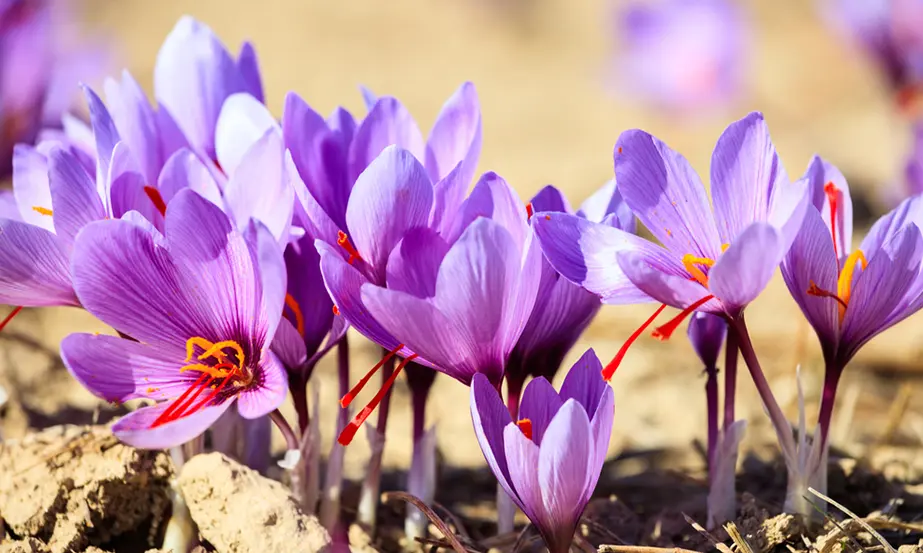
What flower does saffron come from?
The saffron crocus blossom, formally classified as Crocus sativus, is the botanical source of saffron. This autumn-blooming flower is distinguished by its delicate purple petals and vivid orange-red stigmas, which are the spice’s active components.
To produce the coveted saffron spice, these stigmas are laboriously harvested by hand and then desiccated. It is unsurprising that a mere kilogram of saffron is produced from an astounding 150,000 saffron crocus flowers, which contributes to the spice’s exorbitant cost, considering the labor-intensive nature of its cultivation.
Saffron cultivation necessitates meticulousness and proficiency, given that the fragile stigmas must be harvested precisely when the season arises in order to safeguard their flavor and quality.
After being extracted, the stigmas are desiccated with great care in order to prolong and improve their potency. With a distinctive aroma, flavor, and vivid hue, saffron is a highly regarded component in a wide range of international cuisines, including paella, risotto, Indian biryanis, and Persian desserts.
In addition, saffron has an extensive historical background in traditional medicine, where it is hypothesized to possess a multitude of health benefits encompassing anti-inflammatory properties and mood enhancement.
Saffron, in spite of its substantial cost and labor-intensive farming process, continues to be a highly sought-after spice regarded for its opulent taste and cultural import.
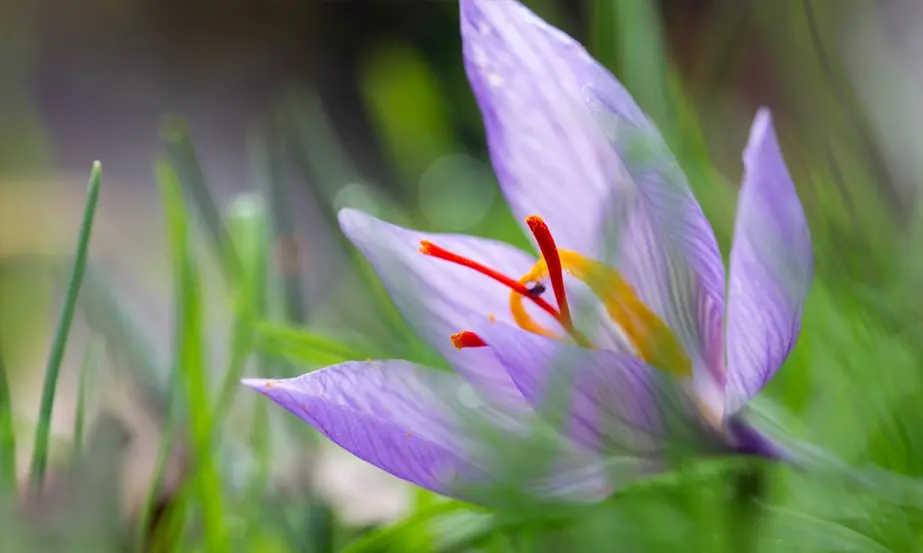
Where does saffron grow the best?
Optimal conditions for saffron cultivation are difficult to ascertain due to the complexity of numerous factors. Saffron flourishes in arid Mediterranean regions that experience mild, wet winters and scorching, dry summers. This climate permits the corms to bloom profusely in the autumn and enter dormancy during the summer. Moreover, saffron flourishes in direct sunlight and prefers well-draining alluvial soil with moderate nutrient content.
Iran emerges as the foremost contender among leading producers, controlling more than 90% of the worldwide saffron market. Saffron from Persia is regarded as “the finest saffron in the world.” Iran has maintained its saffron-growing preeminence for millennia, owing to its favorable climatic conditions and extensive saffron cultivation tradition. As a result, areas characterized by climates resembling those of Iran’s Mediterranean are regarded as optimal areas for saffron cultivation.
- Dominant Production:As mentioned, Iran boasts over 90% of global saffron production, signifying extensive experience and established cultivation practices.
- Ideal Climate and Soil:Iran’s arid climate and well-draining soil in saffron-growing regions like Khorasan Razavi provide an ideal environment for the crocus flower to thrive, potentially influencing quality.
- Long History and Expertise:With a heritage dating back millennia, Iranian saffron growers possess generations of knowledge and traditional techniques passed down, potentially improving consistency and quality.
- Variety and Grades:Iran produces various saffron grades, including the highly prized Super Negin, known for its long stigmas, vibrant color, and intense aroma.
Other regions characterized by comparable soil conditions and Mediterranean climates have demonstrated commendable success in the cultivation of saffron, alongside Iran. These regions encompass portions of India, Spain, and Greece, where saffron cultivation flourishes as a result of advantageous environmental conditions.
Nevertheless, although these areas may not attain the same level of saffron production dominance as Iran, they nonetheless make substantial contributions to the worldwide market and yield saffron of remarkable quality.
The optimal site for saffron cultivation is ultimately determined by a confluence of elements, including climatic conditions, soil composition, and proficiency in cultivation methodologies.
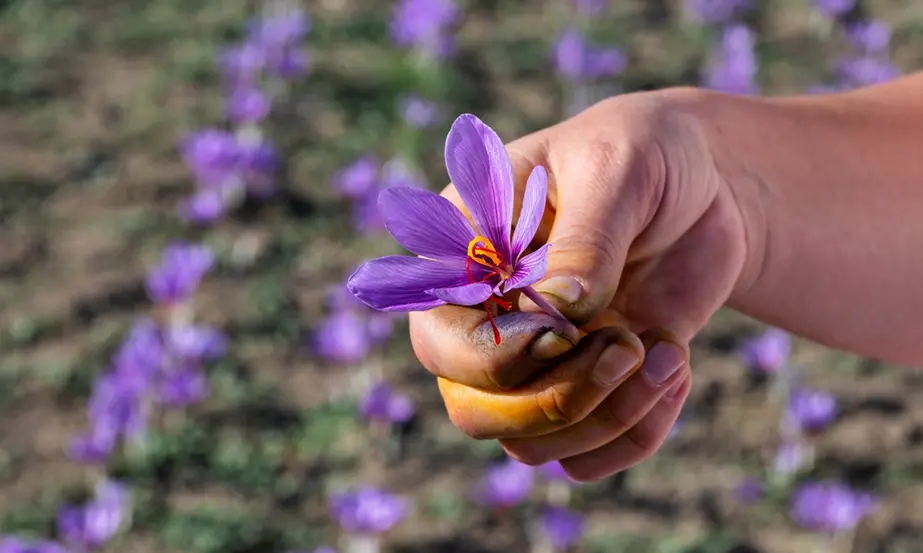
Which country is the biggest producer of saffron?
As previously emphasized in our discourse concerning the provenance of saffron, Iran assumes the preeminent position as the world’s foremost saffron producer, controlling more than 90% of the market. Owing to its extensive millennia-long history of saffron cultivation, Iran possesses an unparalleled level of expertise and commitment in the realm of saffron production.
Saffron cultivation in Iran is predominantly concentrated in several key regions known for their quality and quantity:
- Khorasan Razavi Province:
- Cities like Qaenat, Torbat Heydarieh, and Gonabad are considered the epicenters of saffron production.
- The region offers ideal climatic conditions and has a rich history of saffron cultivation dating back thousands of years.
- Saffron from this area, particularly the Super Negin grade, is esteemed for its vibrant color, intense aroma, and long stigmas.
- South Khorasan Province:
- Bordering Khorasan Razavi to the south, this province is another significant hub for saffron cultivation.
- Cities such as Birjand, Sarbisheh, and Khusf are known for producing notable varieties like Sargol saffron, prized for its intense flavor and aroma.
- Fars Province:
- Located in south-central Iran, Fars province also contributes to saffron production, primarily centered around the city of Estahban.
- Saffron from this region is distinguished by its unique aroma profile, often described as more floral and honey-like compared to saffron from other areas.
Although the aforementioned areas are the principal producers of saffron in Iran, lesser enclaves of cultivation can be found in Yazd, Kashan, and Kerman. Saffron from different regions may display unique attributes that are shaped by the specific microclimates and traditional agricultural methods of that area.
Following closely behind, we find:
- India: While India is the second-largest producer of saffron, its output remains significantly lower compared to Iran.
- Spain: Renowned for its high-quality saffron, Spain stands as a prominent producer in Europe.
- Greece: With a heritage deeply rooted in saffron cultivation, Greece contributes to the global saffron market with its distinct varieties.
- Afghanistan: Despite being a smaller producer, Afghanistan is recognized for its saffron’s intense flavor and aroma, carving a niche in the industry.
It is noteworthy to mention that although Iran is the primary producer of saffron, the cultivation of this valuable spice transcends international borders. Although in lesser proportions, Morocco, Italy, China, and New Zealand all contribute to the global saffron market. The presence of this heterogeneous network of saffron producers contributes to the global saffron industry’s vitality and dynamism by imparting the market with an assortment of flavors and qualities.
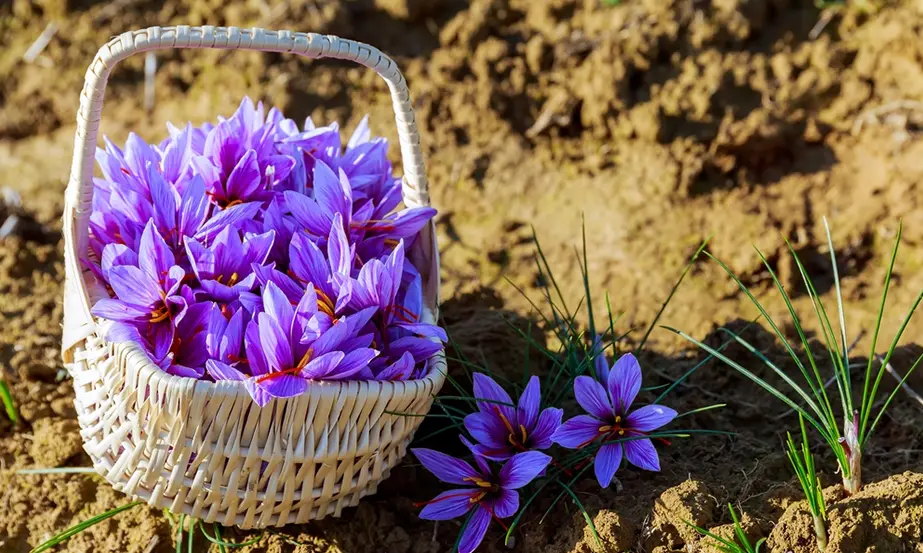
Why is saffron so expensive?
The astronomical cost of saffron, which is frequently compared to “red gold,” can be attributed to a multitude of factors that render its manufacturing process extraordinarily resource-intensive and labor-intensive. To begin with, the gathering procedure is exceedingly thorough, given that every individual saffron thread represents the fragile stigma of the saffron crocus flower. Skilled labor is necessary to manually select the threads at dawn, as the threads’ quality can be compromised by exposure to sunlight. One pound of saffron requires the labor of 75,000 to 150,000 blossoms, which is an enormous amount of effort in and of itself.
Additionally, the high cost of saffron is attributed to its restricted production season and productivity. In autumn, saffron crocus flowers blossom for a brief duration, typically two to three weeks. Furthermore, the limited production of three stigmas per flower contributes to the overall low yield.
Additionally, particular cultivation conditions are critical to the production of saffron. Well-draining soil and scorching, arid summers followed by chilly, wet winters are ideal conditions for the crop’s growth. Potential growing areas are restricted in regions that lack these optimal conditions, thereby increasing the value of those that do.
In addition to high demand, limited competition, and susceptibility to deception, market factors influence the price of saffron. The distinctive flavor, aroma, and cultural importance of saffron contribute to its high demand, which frequently surpasses its supply. Furthermore, its exorbitant cost is attributable to the vulnerability of saffron to adulteration with less expensive substitutes and Iran’s preeminent position in worldwide production.
As a result of its scarcity, labor-intensive production, specific growing requirements, and market dynamics, saffron is, in conclusion, priced at a premium. The price of saffron is justified by its distinctive attributes and extensive historical background, which appeal to numerous culinary aficionados and industries across the globe.
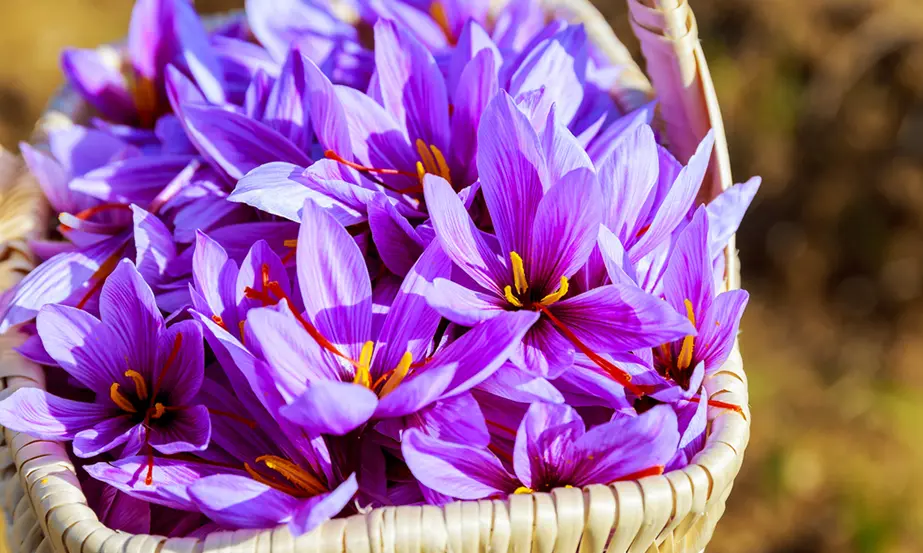
What is saffron used for?
Saffron is utilized for various purposes owing to its distinct flavor, vibrant color, and potential health benefits. Here are some common uses:
- Culinary: Saffron is prized as a seasoning and coloring agent in cooking. It adds a unique flavor profile with hints of honey and floral notes to a wide range of dishes, including rice, soups, stews, seafood, desserts, and beverages. Popular dishes featuring saffron include paella, risotto, biryani, and saffron-infused sweets like ice cream and cakes.
- Medicinal: Saffron has a long history of use in traditional medicine for its purported health benefits. It is believed to possess antioxidant, anti-inflammatory, and mood-enhancing properties. Saffron supplements or teas are sometimes consumed for conditions like depression, anxiety, PMS symptoms, and as a general health tonic, although more research is needed to fully understand its medicinal potential.
- Cosmetics: Saffron’s vibrant color makes it a popular ingredient in cosmetics and skincare products. It is used in formulations such as face masks, creams, and serums for its purported skin-brightening and anti-aging properties.
- Perfumery: Saffron’s distinctive aroma adds complexity to perfumes and fragrances. It is often included as a top or middle note in perfumes, contributing a warm, spicy, and slightly floral scent.
- Rituals and ceremonies: Saffron’s rich cultural significance has led to its use in various rituals, ceremonies, and religious practices around the world. It may be used in rituals related to weddings, births, religious festivals, and spiritual ceremonies.
Overall, saffron’s versatility and unique characteristics make it a prized ingredient in culinary, medicinal, cosmetic, and cultural applications, enriching various aspects of human life and culture.
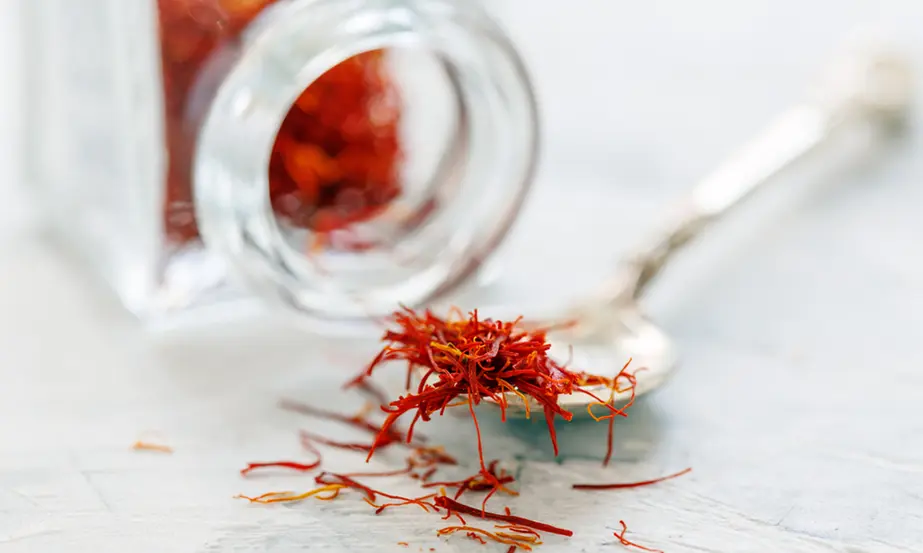
What are the benefits of saffron?
Saffron is believed to offer several potential health benefits due to its unique chemical composition, which includes compounds like crocin, safranal, and picrocrocin. Some of the reported benefits of saffron include:
- Antioxidant properties: Saffron contains antioxidants that help protect cells from oxidative stress and damage caused by free radicals. This may contribute to overall health and reduce the risk of chronic diseases.
- Mood enhancement: Saffron has been traditionally used to improve mood and alleviate symptoms of depression and anxiety. Some studies suggest that saffron may help regulate neurotransmitters like serotonin, which play a role in mood regulation.
- Anti-inflammatory effects: Compounds found in saffron have been shown to possess anti-inflammatory properties, which may help reduce inflammation in the body and alleviate symptoms of conditions like arthritis and inflammatory bowel disease.
- Improved cognitive function: Research suggests that saffron may have neuroprotective effects and could help improve memory, cognitive function, and learning ability. These effects may be attributed to saffron’s antioxidant and anti-inflammatory properties.
- Potential cancer prevention: preliminary studies have indicated that saffron may have anticancer properties and could help inhibit the growth of cancer cells. However, more research is needed to fully understand the role of saffron in cancer prevention and treatment.
- Enhanced eye health: Saffron contains compounds that may benefit eye health by protecting against age-related macular degeneration (AMD), reducing the risk of cataracts, and improving vision in some cases.
It is crucial to acknowledge that although saffron exhibits potential for providing these health advantages, further investigation is required to validate its effectiveness and ascertain the most ideal dosage and treatment protocols. It is recommended that individuals consider seeking guidance from a healthcare professional prior to integrating saffron into their wellness regimen or supplement regimen, particularly those with pre-existing health conditions or those currently taking medications.
Final word:
As our exploration of saffron draws to a close, it becomes apparent that this “red gold” possesses qualities that go beyond those of a simple spice. This object symbolizes an intricate fabric of culture, history, and the precarious relationship between human effort and the abundance of nature. Safran pepper, with its vibrant coloration, complex fragrance, and potential advantages, has mesmerized us since its antiquity.
It is worth noting that, although the price is indicative of the labor-intensive nature and scarcity of the item in question, a small quantity can indeed have a significant impact. It is imperative that we employ saffron in a conscientious manner, paying due respect to its cultural importance while endorsing sustainable methodologies that protect this invaluable heritage product. Enjoy its distinctive taste while it serves as a poignant reminder of the narratives intricately interwoven within this golden spice.







